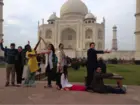
Musings from Winter Break in India
Over the winter break I* had the incredible joy of travelling through India with a group of 12 second-year SOM students. It was a student led/sponsored trip (easy enough – just start an email chain and see who wants to join!).
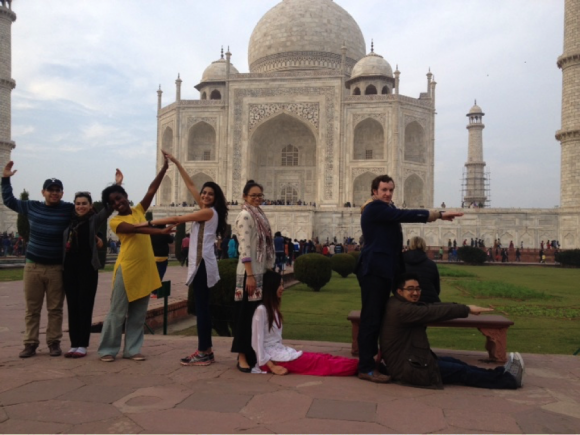
The trip was characterized by curious questions, MBA jokes, comments on interesting innovations / business ideas and many long conversations about a wide range of topics. One of our conversations (credit: Jeff Kim and Chris Harnisch) was sparked by Chetan Bhagat’s (a prominent columnist in India) Times of India column “Adding Values to Life.” In the column, he argues that, since India is a collection of princely states that were stitched together by the British, the resulting society is in a state of confusion about (collective) Indian values.
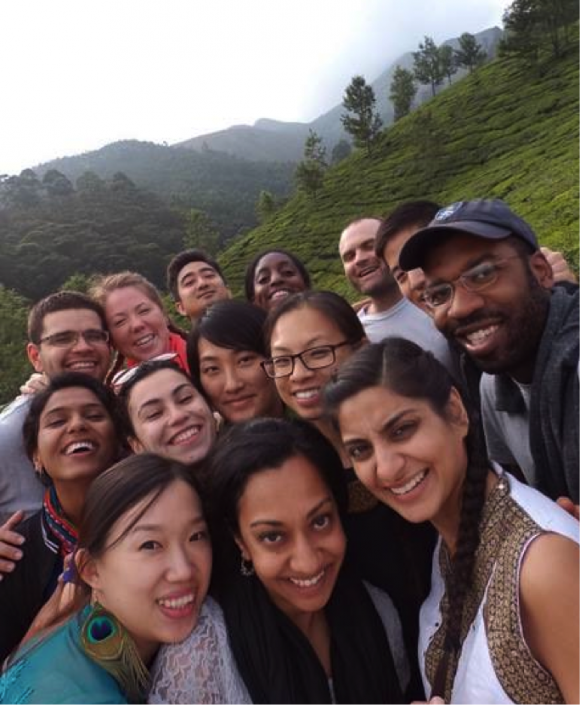
Among other things, we talked about the importance of narratives or stories in establishing values and subsequently a culture. In contrasting the U.S. and India, we thought about American presidents—in the United States, many Presidents (Lincoln, JFK, Reagan, Clinton, and now Obama) have been exceptional story tellers. They used their personal story and stories from around the country to engage people in the national narrative of the American Dream. In India, on the other hand, after Mahatma Gandhi, there has been a vacuum. There have not been many strong inspirers-in-chief in contemporary India’s Prime Minister’s Office – until Prime Minister Modi’s campaign and subsequent win. It is very interesting to see how PM Modi has been able to excite people in India. I think one of the main reasons for his success is his personal story—a tea stall boy going on to become the Prime Minister of the world’s largest democracy.
Going a step further, once there is a national narrative, the role of institutions and social norms becomes crucial in making sure that the narrative endures over time. If meritocracy is a key part of the narrative, it should form the very basis of how institutions, both public and private, function. If we want values such as generosity and tolerance to remain a crucial part of the narrative and the core value system, we should ensure that individual acts of kindness and inclusion are rewarded and discussed. PM Modi was able to generate excitement and hope, but in a country where corruption has become endemic and there are massive inequalities (of opportunity as well as socio-economic), delivering results and re-shaping the Indian narrative will be a herculean task. But I’m optimistic! A powerful narrative is a great first step, narratives set the tone. If they are positive and inspiring, they encourage action. The key is to channel that action and positive momentum into codifying a set of values (through institutions and social norms) which in turn can guide people in the future.
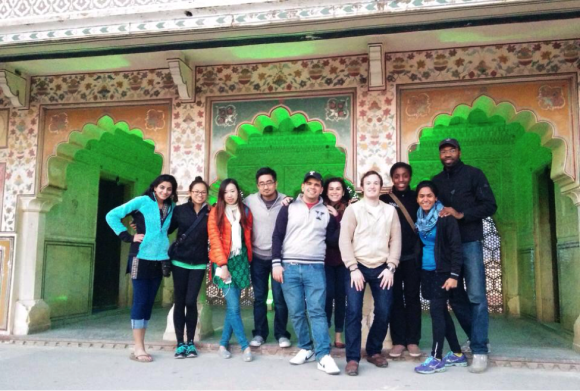
Throughout the trip, everyone had an attitude of full immersion, learning, and so much fun! An opportunity to travel with such an incredible group of people was just precious. Through conversations and shared experiences, we went on mini intellectual journeys with each other. In many ways, the India trip was similar to my SOM International Experience Mexico trip (one of the many Global studies opportunities at SOM). When I asked a question or made an observation, it was as if I unlocked follow-up questions, points and counter-points, insights from other experiences—all shared very eagerly, which forced me to clarify my thought-process and expanded my perspective immeasurably!
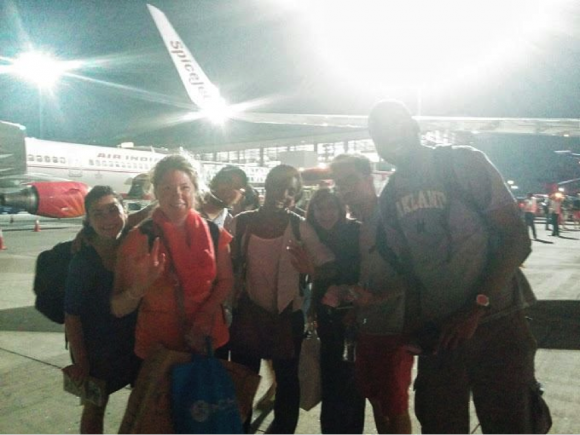
*My Background: I grew up in Gujarat, India and moved to the US for undergraduate education (have been here for almost a decade). I’ve experienced both countries, so it was very fascinating to contrast the two and hear my classmates’ perspectives during the trip.
